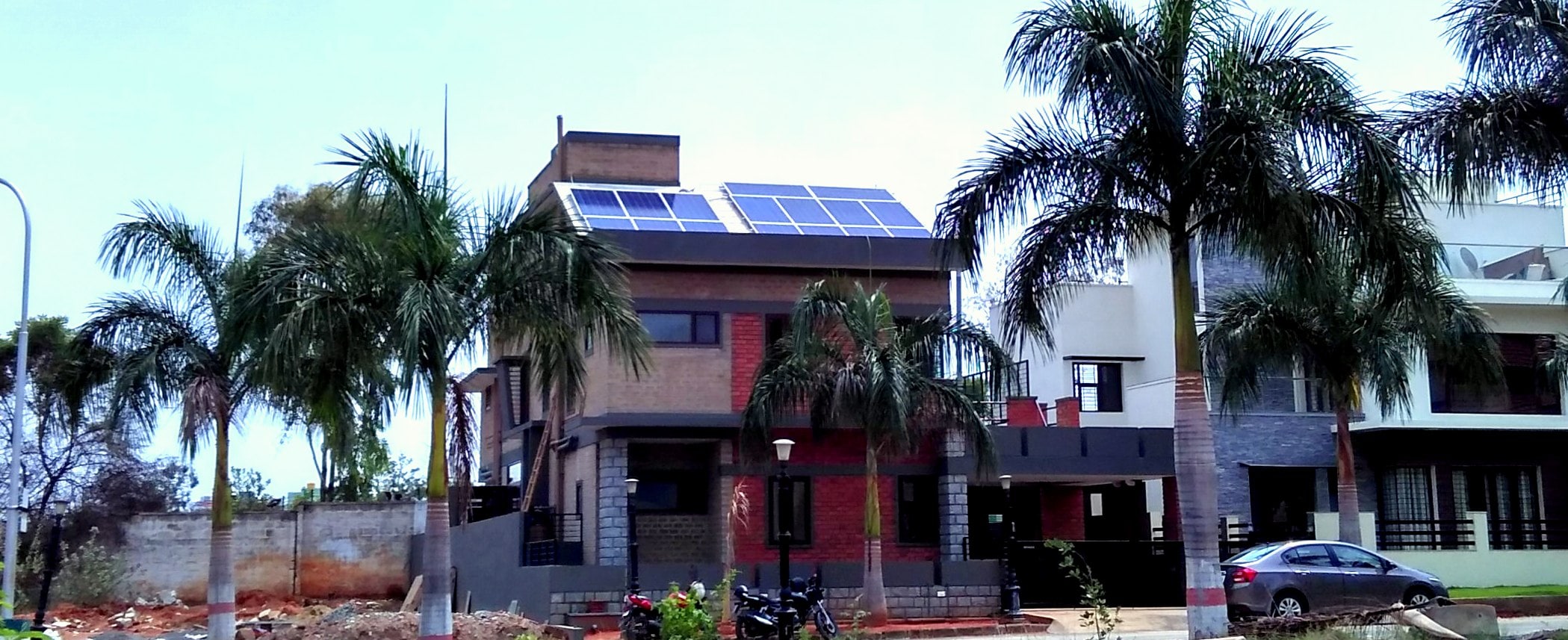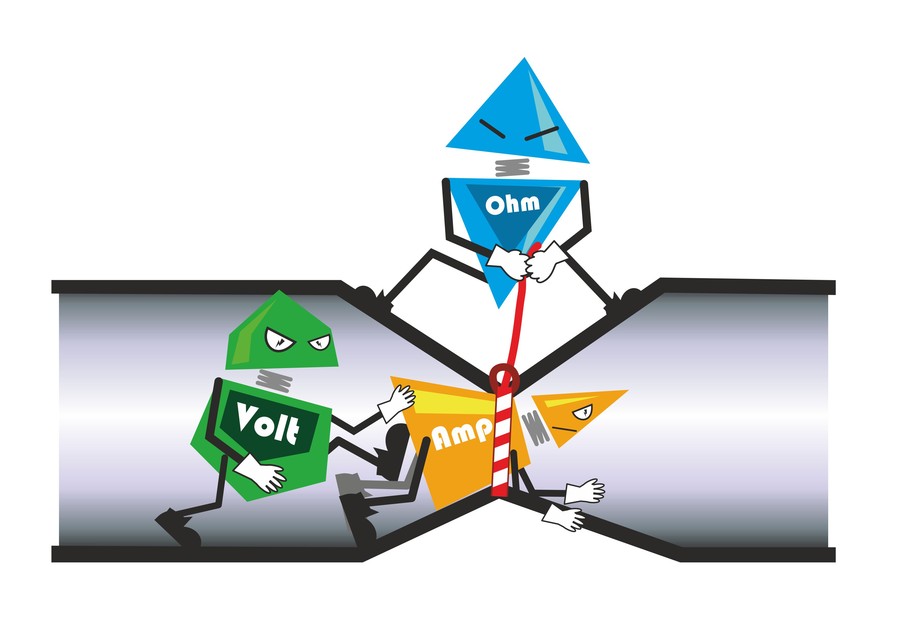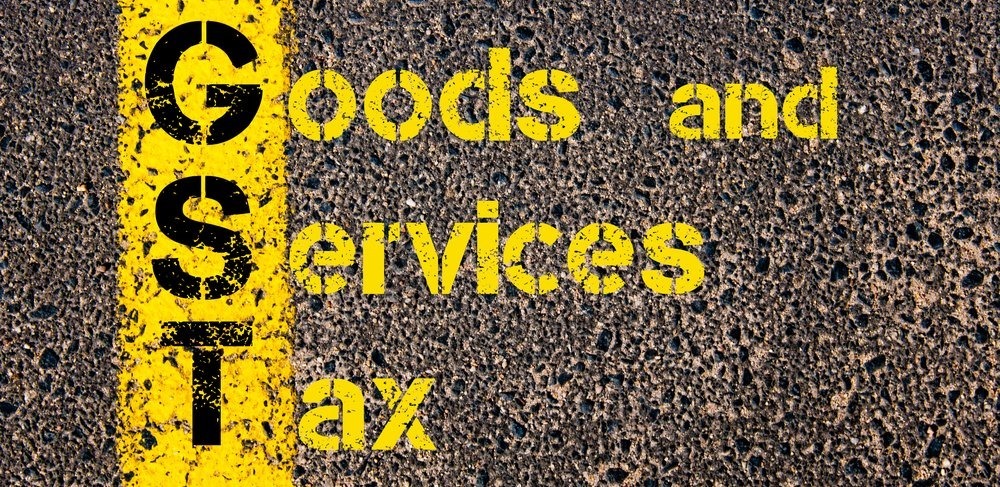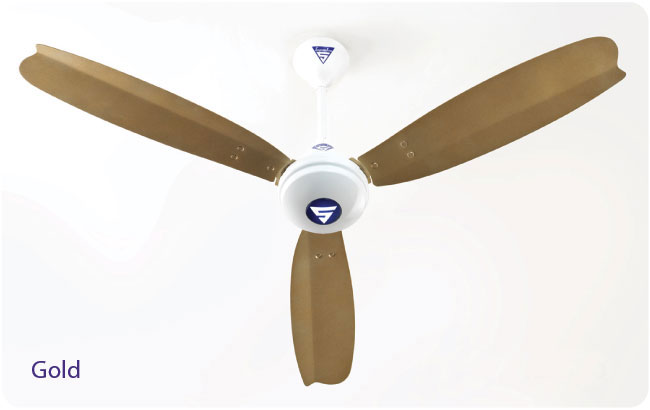20 Benefits In Going Solar On Our Homes Now
1. Reduce your electricity bill The immediate benefit of it is to drastically reduce your electricity bill to zero or near zero. Solar is a one-time investment with a guaranteed life of 25 years. With the 25 years of Power purchase agreement between you and the state government, while the electricity that you [...]





